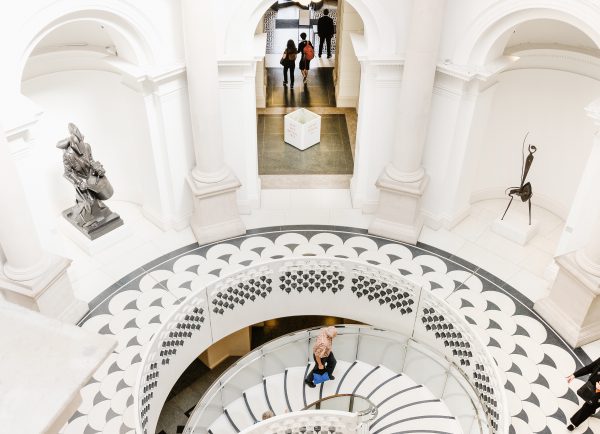
Museum practice and Arts Award
BY: Caroline Bray
16 Nov 2017
Museums offer fantastic opportunities for visitors to experience and take part in unique activities. In this week’s blog, Arts Award Museums & Heritage Associate Caroline Bray examines some of the activities on offer and how creativity can be found in work where some might not expect it!
Over the last five years, Arts Award has worked closely with museums to review the artistic impact of a museum visit or to research the work of a skilled craftsperson whose name may not be known, both of these activities now firmly contribute to an Arts Award. Other areas of museum practice may be less obvious especially to those from outside the sector. Activities such as object handling, interpretation and conservation can all be form part of arts practice and the people who do these jobs can be art inspirations. The key to making these themes work for Arts Award is to make sure there is a focus on the arts within the activity.
Object Handling
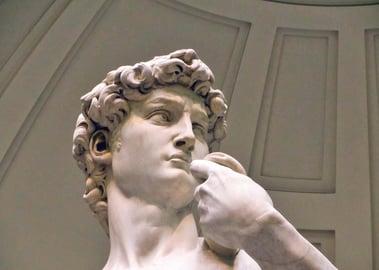 Object handling is the opportunity to learn through touching, holding and investigating objects from a museum’s collection. If the object itself is fragile or particularly valuable a replica might be used, however the principles remain the same. Objects link us to history, the people who made or used them, and their value in society at the time. The aim of handling sessions is to open these links up through imagination. Handling is a sensory experience and there are many ways of exploring an object that falls under ‘object handling’, such as drawing the object, photographing it or creating a story around it. A creative approach to an object can give visitors far more than just facts and dates, it can make history come alive, helping them to relate to past events in a vivid way.
Object handling is the opportunity to learn through touching, holding and investigating objects from a museum’s collection. If the object itself is fragile or particularly valuable a replica might be used, however the principles remain the same. Objects link us to history, the people who made or used them, and their value in society at the time. The aim of handling sessions is to open these links up through imagination. Handling is a sensory experience and there are many ways of exploring an object that falls under ‘object handling’, such as drawing the object, photographing it or creating a story around it. A creative approach to an object can give visitors far more than just facts and dates, it can make history come alive, helping them to relate to past events in a vivid way.
Group for Education in Museums (GEM) offer some great object handling ideas based on real examples from other museums.
Interpretation
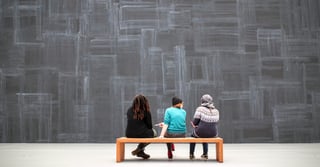 Interpretation involves explaining the object(s) and themes of a display/ exhibition for the benefit of a visitor. In many museums, the labelling of individual objects will simply tell visitors the facts but the artistic element comes from expanding on these. Films, photographs and written or illustrated panels can be used to draw out the story. The aim of this kind of interpretation is to engage and inform audiences, either by telling the stories behind objects or linking them into a narrative. Creating high quality interpretations is a skill that can involve creative writing, storytelling, drawings, film making and producing handheld guides. It encourages using exhibits as inspiration along with thinking creatively and adding layers to the bare facts.
Interpretation involves explaining the object(s) and themes of a display/ exhibition for the benefit of a visitor. In many museums, the labelling of individual objects will simply tell visitors the facts but the artistic element comes from expanding on these. Films, photographs and written or illustrated panels can be used to draw out the story. The aim of this kind of interpretation is to engage and inform audiences, either by telling the stories behind objects or linking them into a narrative. Creating high quality interpretations is a skill that can involve creative writing, storytelling, drawings, film making and producing handheld guides. It encourages using exhibits as inspiration along with thinking creatively and adding layers to the bare facts.
Check out MLA Yorkshire’s interpretation guidelines, exploring details of some specific considerations that make a good interpretation, including story-telling and scriptwriting.
Conservation
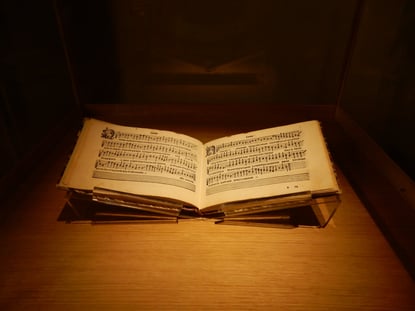 Conservation, the act of caring for museum artefacts, brings together a range of knowledge bases. For example, if you’re looking to conserve a piece of furniture, you will need an understanding of how and when it was made, insight into the skills employed by the constructor and the materials used. A painting conservator, on the other hand, needs expertise not only in the artist and their work but also knowledge of paint recipes and ingredients of the time, the qualities of the canvas used, how the work was stretched and framed and the effects of light exposure. Both artistic and scientific knowledge are equally important for successful conservation.
Conservation, the act of caring for museum artefacts, brings together a range of knowledge bases. For example, if you’re looking to conserve a piece of furniture, you will need an understanding of how and when it was made, insight into the skills employed by the constructor and the materials used. A painting conservator, on the other hand, needs expertise not only in the artist and their work but also knowledge of paint recipes and ingredients of the time, the qualities of the canvas used, how the work was stretched and framed and the effects of light exposure. Both artistic and scientific knowledge are equally important for successful conservation.
As conservation draws on artistic, scientific and technological skills you could look at it as the ultimate STEAM activity!
To find out more about painting conservation from a young person’s perspective, check out What is painting conservation?, a guide written by two AS Students after spending a week with conservators at Tate Britain. Meanwhile in How to become a museum conservator, graduate careers advisers from Prospects cover the career pathways available to budding conservators.
So, if you work in a museum or are planning a visit, remember that even these unexpected activities can have a creative impact.
Related posts
BY: Guest Writer
BY: Alan Lynch

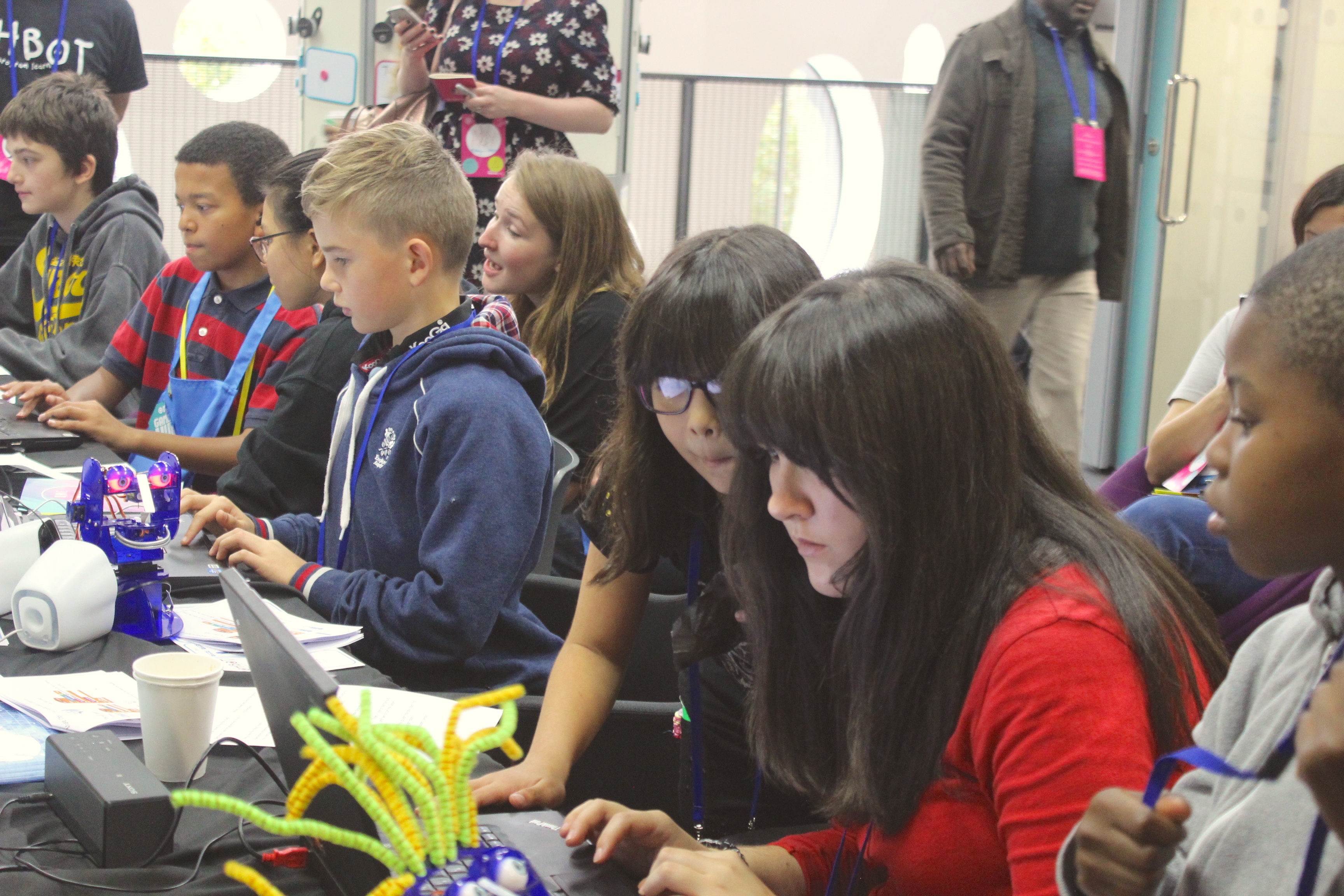
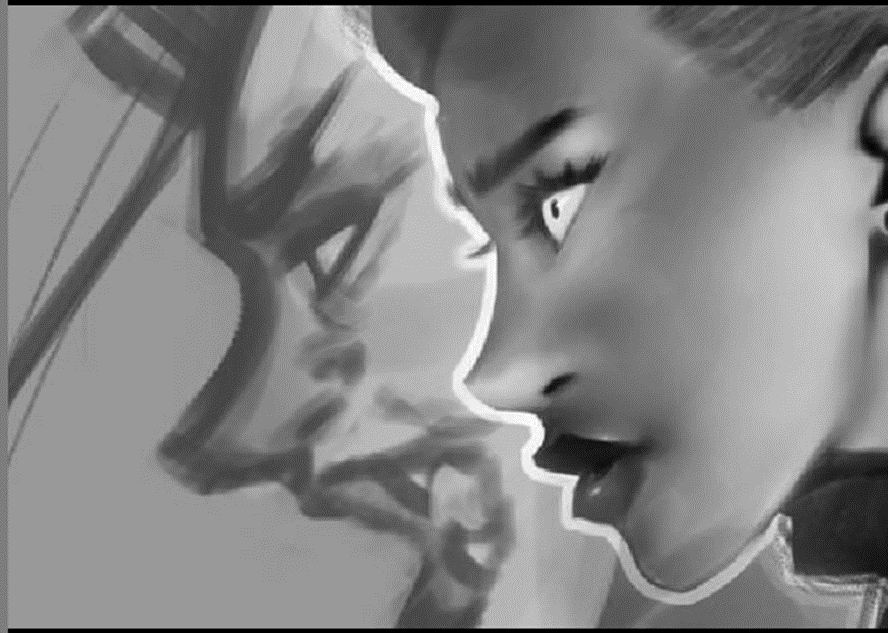
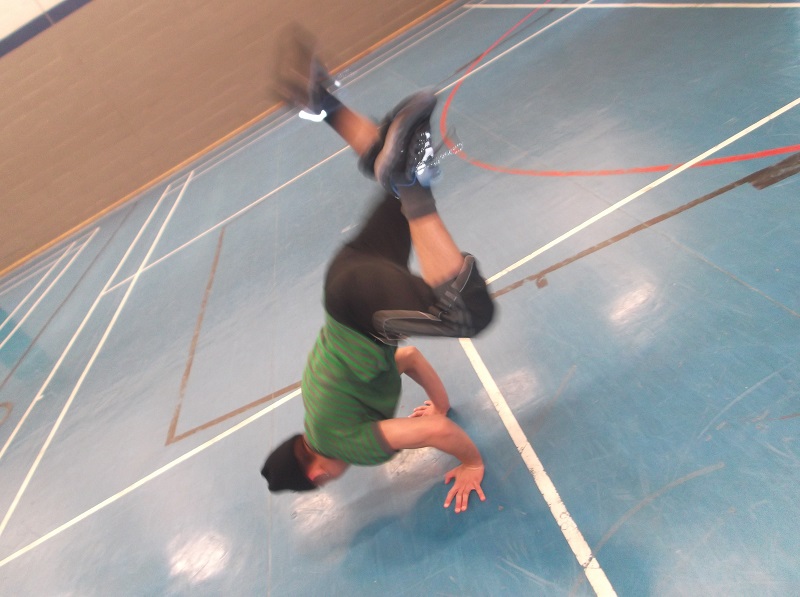
Comments & Replies